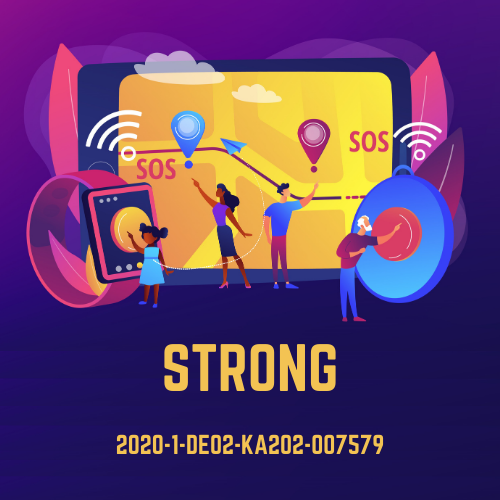Authors: Gabriela Boneva
In times of crises and emergencies, first responders play a crucial role in safeguarding lives and maintaining order. Their effectiveness in these high-pressure situations, however, depends not only on their skills and training, but also on their ability to communicate effectively. Effective communication forms the backbone of successful emergency response, ensuring good coordination between first responders, other organisations, and civil society.
During emergencies, collaboration and coordination among different units of first responders are essential. Clear and concise communication which does not include the use of jargons ensures that everybody is well-informed and leads to a more cohesive and organised response. Such communication also ensures maximal impact of the collective expertise of the first responders and reduces the risks of duplication of efforts and information gaps.
Communication and collaboration between different organisations are often paramount during emergencies. Thus, applying effective communication strategies and utilising reliable communication channels facilitates the smooth exchange of information and resources. Effective communication between organisations during emergencies enhances the overall response capacity of all organisations involved as it enables access to additional resources and external expertise, all whilst ensuring that all stakeholders are on the same page and working towards a common goal.
Engaging with civil society during emergencies is paramount for promoting self-sufficiency, ensuring public safety, and building trust. First responders must communicate clearly and transparently with the affected communities, providing accurate information, regular updates, and further advice and instructions. This enables the public to make informed decisions, reduces panic, and promotes cooperation with the first responders. Furthermore, appropriate engagement with the public, on the other end, helps first responders to identify and address the specific needs and concerns of the community and tailor response efforts to their requirements.
Due to the advancements in communication technology, first responders nowadays have access to an array of tools and platforms that facilitate real-time information sharing, some of which include social media platforms, mobile applications, and dedicated radio systems. Utilising these resources enables first responders to communicate swiftly, securely, and reliably, even during the most challenging circumstances.
Effective communication is the bridge between first responders, civil society, and other organisations during emergencies. It enables efficient collaboration, resource allocation, and promotes informed decision-making, which all enhance the overall effectiveness of the emergency response efforts.
